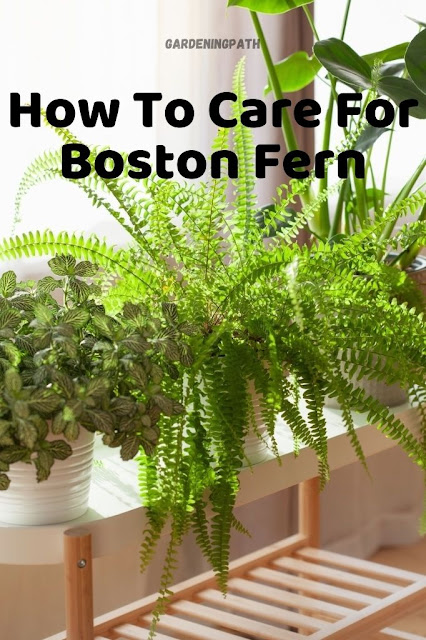8 Tips To Care of Plants in Summer
Who doesn’t love summer? Long days, warm nights, a time to take it easy. We’re also drinking plenty more water and slathering on the SPF. But sometimes the summer heat can be a little overwhelming. It’s the same for your indoor plants. Even when they are in an air-conditioned office, your indoor plants can suffer from the negative effects of summer heat and humidity. Did you know plants, like people, can suffer from dehydration and sunburn? Like spring, summer is a growth season for houseplants. Adjusting water, light, and potentially switching their scenery can help our plants have the best summer ever.
Don’t let your plants sweat it out this summer. Check out our summer indoor plant care tips.
Keep growing conditions cool
Your indoor plants are a lot like you. They don’t like it when things heat up indoors during the summer. Even if you have air conditioning, there are spots in your home or office that are hard to cool down. Make sure your plants aren’t sweating it out. Move them into cooler rooms if needed. Is your office A/C off during weekends? It can cook your office plants. You may need to take them home or move them for the summer.
If you don’t have air conditioning at home, one way to help keep your home cooler is to shut your windows against the daytime heat, then open them at night to let the cooler night air come in. It’s also a good time to run fans. Even a few degrees cooler can make a big difference.
Coming In Hot
It’s sunny and it’s hot. If your leafy plant is in a spot that gets bright, direct sunlight, you might want to consider drawing a sheer curtain over the window, especially during midday. You can also move your plants a little further away from the window than they were during the winter. If your plants love as much light as possible, leave them right where they are.
Rotate your plants once a week so each side gets equal sun exposure. This will help them from leaning over. Not sure the light your plant is receiving during the summer is too hot? Place your hand under the light midday. If it is too hot for you, it’s likely too hot for your plant. Desert-dwellers like cacti are an exception to this.
WATER AT THE RIGHT TIMES
The timing of watering plants is also important during summer. As the heat is more in the late mornings and afternoons, the water gets evaporated quickly creating a shortage for the plants. The best time for watering plants in summer is early in the morning or late in the evening when the conditions are cooler.
Don’t re-pot during a heat wave
Likewise, you shouldn’t choose a 100+ degree day as the perfect moment to re-pot that root-bound ficus (or any other plant for that matter). Why? Leaves always get damaged during re-potting (and in fact, proper re-potting often involves trimming away a lot of the root mass). Re-potting will cause your plant to get a bit stressed (even though it’s important plant maintenance in the long run) and this added stress could cause it to fail during the heat.
Promote high humidity
Plants that like high humidity (many epiphytes and tropicals such as fittonia, calathea, and most ferns) should be frequently misted through periods of heat. You can also fill a shallow dish with pebbles, fill with water, and set your pot on top to create a little humid microclimate for your plant that will provide humidity and help your plants survive summer.
Wait to prune
Why wait to prune off damaged leaves and stems until after the heatwave passes? You guessed it: stress. While a little pruning here and there often helps your plant spur new growth, immediately assuming that a leaf that’s wilted or discolored is a goner is not the best choice during a heatwave. When conditions get back to normal, the leaf might rebound. Plus, it might still be supporting the overall health of the plant. And, of course, pruning does cause a bit of stress to your plant. It’s best to wait until temperatures get a bit back in the normal range before snipping off leaves and stems that didn’t make it.
Watch for signs of summer stress
Catch problems due to summer heat early by watching for signs of stress to your plants, and make adjustments before your plant suffer permanent damage. Common signs include:
- Wilted leaves
- Pale, yellow, or brown leaves
- Rough brown patches – this can be scorching or sunburn
- Flowers or leaves dropping off
Feed Once a Week
Summer’s warmer air and additional sunlight make some indoor plants grow like weeds! Growth spurts use up a lot of energy—and work up your plants’ appetites—so you’ll want to replenish the soil with healthy nutrients. Provide weekly feedings of Miracle-Gro Indoor Plant Food while watering or by applying directly to the soil.




Comments
Post a Comment